5 Tips for Troubleshooting Your Home's Electrical Outlet
A functional circuit is crucial for the safety and comfort of your home. It allows you to plug in your lighting and power and charge devices. One of the issues that may crop up is a malfunctioning electrical outlet. This can result from many reasons, some of which are easy to resolve while others require a certified electrician.
Here are tips for troubleshooting your home's outlet.
Unplugging from an Outlet of an Overloaded Circuit
One of the reasons your home's electrical outlet is not working may be due to an overloaded circuit. That means that the outlet cannot support the number of devices and lamps you have plugged in. The breaker panel has multiple switches that independently support a circuit.
You can troubleshoot the outage by unplugging some of the appliances. Heat-producing appliances are often the most likely culprits when it comes to overloading. If unplugging devices doesn't solve the issue, you should consider consulting certified
electricians.
Troubleshooting a Short Circuit
The outlet may fail to work because of a short circuit. A short circuit occurs when there is an obstruction to the flow of electricity. When 2 wires are in contact, not only will the outlet not work, but it can cause a fire hazard in your home.
If you have not overloaded the outlet, but the breaker cuts off power, it could be a short circuit. Because troubleshooting can be dangerous, the best step is to unplug the appliances and call an electrician.
Loose Wiring inside The Outlet
Sometimes there are loose wires inside the electrical outlet, which is why you can't power your appliances. You can fix the issue by removing the faceplate and tightening the screws securing the cables. Always ensure the circuit breaker is off for the sake of safety.
Loose wires are easy to fix, especially if you can identify the live, ground, and neutral wires. However, if you are not sure you can troubleshoot it, consider consulting a certified electrician.
A Faulty Circuit Breaker
Typically, circuit breakers come with an AFCI (Arc Fault Circuit Interrupter), which offers additional safety. But AFCIs may keep tripping when you use surge protectors. Surge protectors have a high amplitude electrical wave compared to the AFCIs current.
If you are using antiquated equipment, it could also have a discordant amplitude current that may cause a tripping issue. You could also have an outdated panel that may need replacing by a residential electrician.
Check If It Is a Ground Fault Circuit Interrupters (GFCI)
Building codes require a different kind of interrupter for electrical outlets with a high risk of electrical shocks. Electricians will install a GFCI switch close to the bathroom, kitchen, or laundry room. The GFCI outlets have a reset button.
Use a screwdriver to troubleshoot the reset button and then check the breaker panel. If the circuit has tripped, repeat the process for nearby outlets and try again. If the problem persists, it could be an issue with the socket or the wiring. Call an electrician to inspect your electrical wiring and connections.
If you have any reservations about troubleshooting your circuit, let licensed electricians perform the task. Do not play around with your home's electrical circuit. Every year, more than 1,000 people die from electricity-related injuries. Anything beyond troubleshooting, like unplugging devices or resetting a tripped circuit breaker, is best left to electrical technicians.

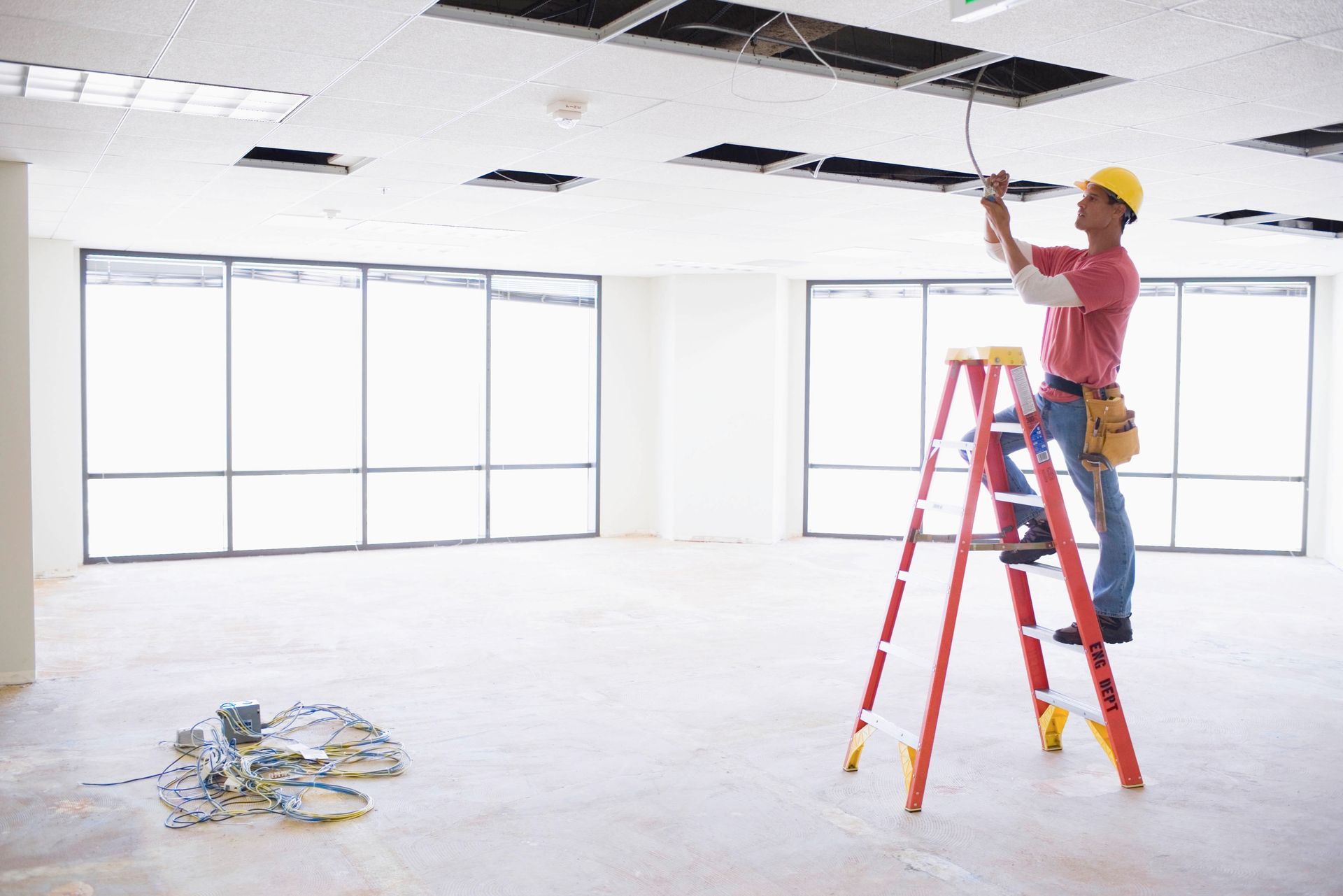
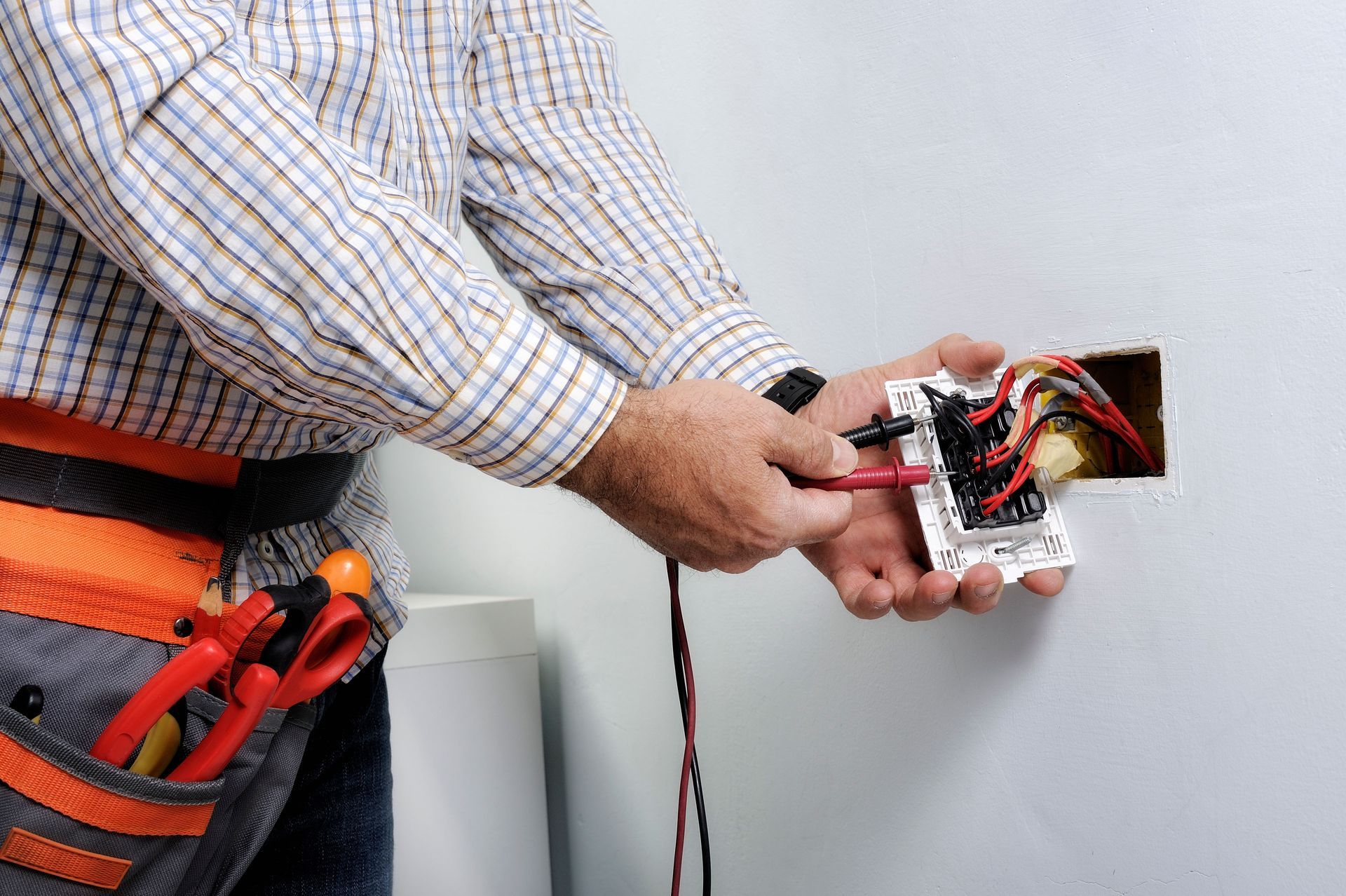
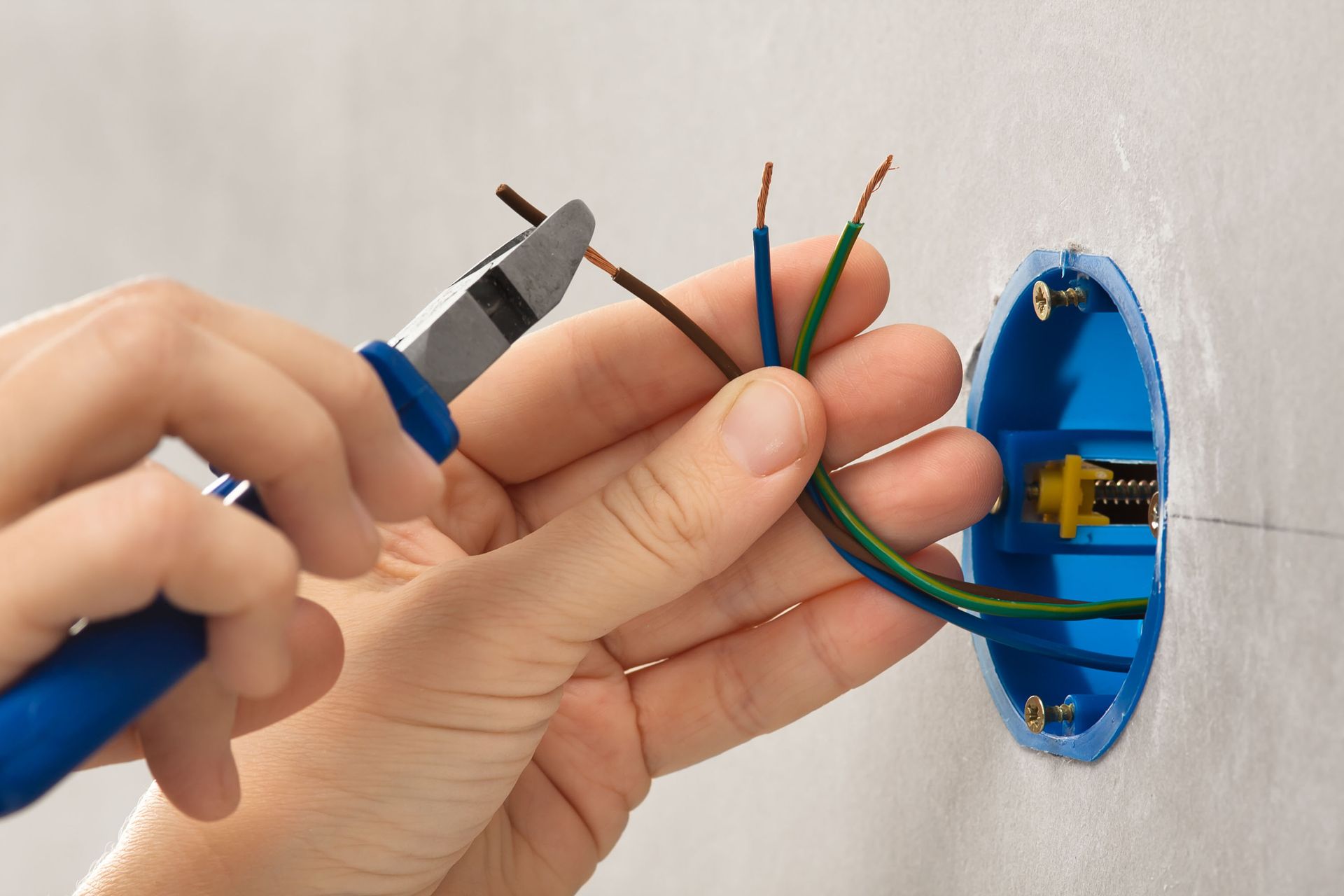

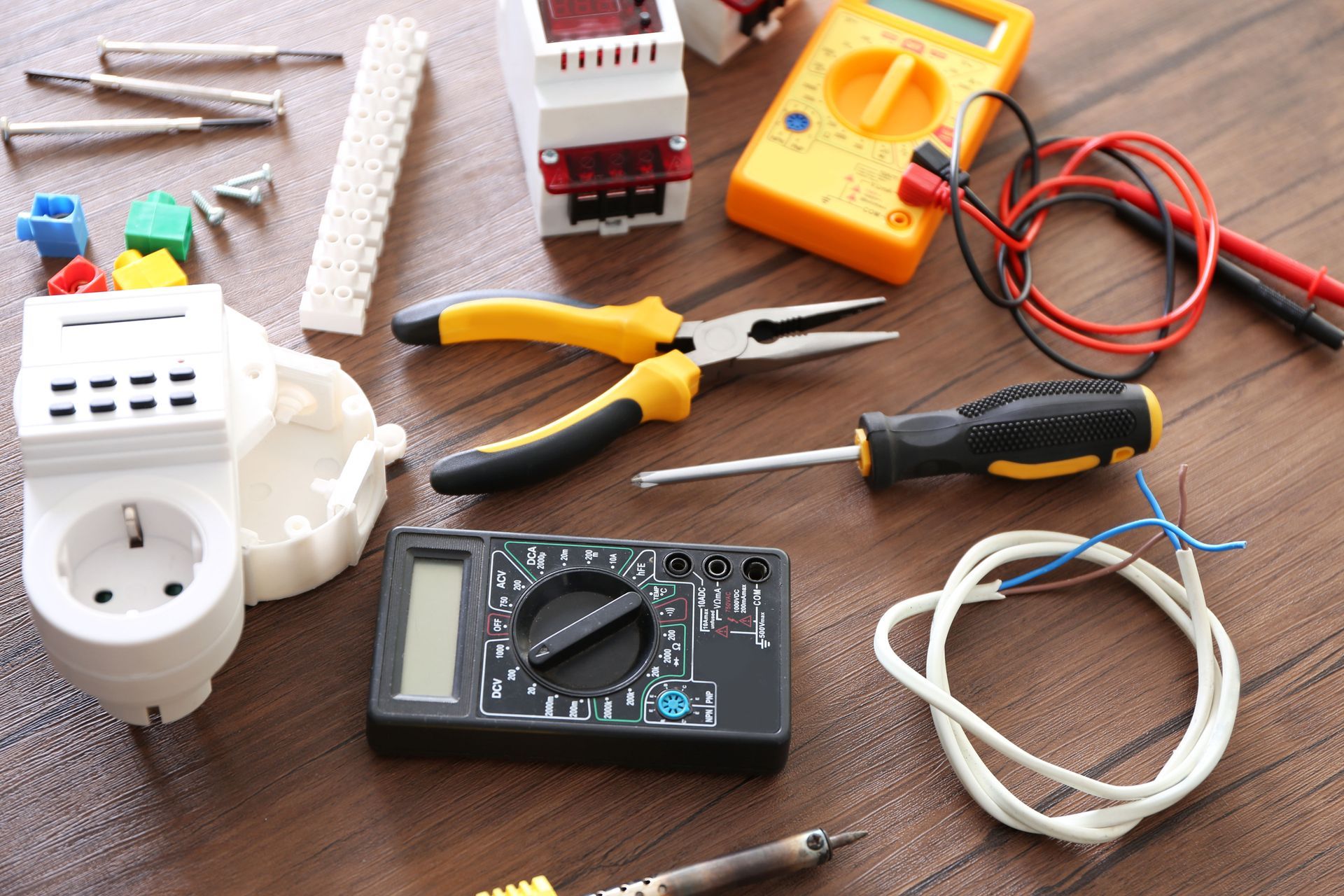
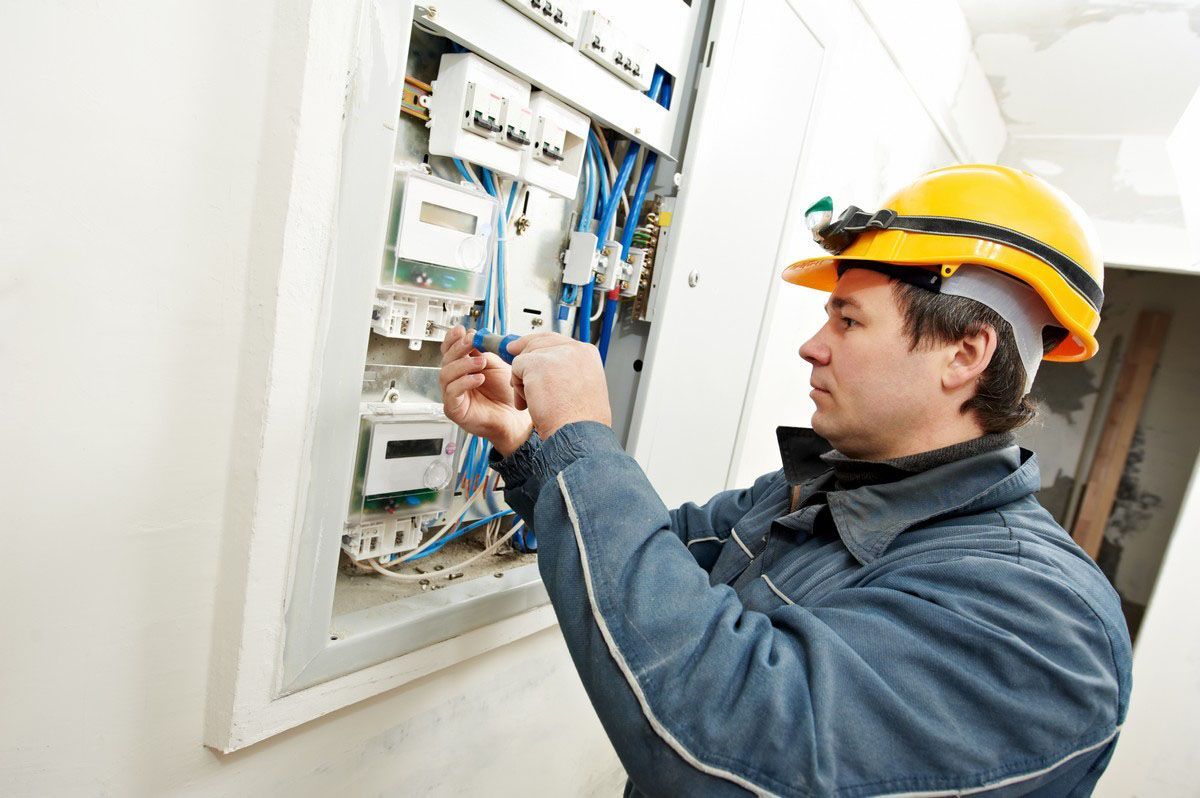

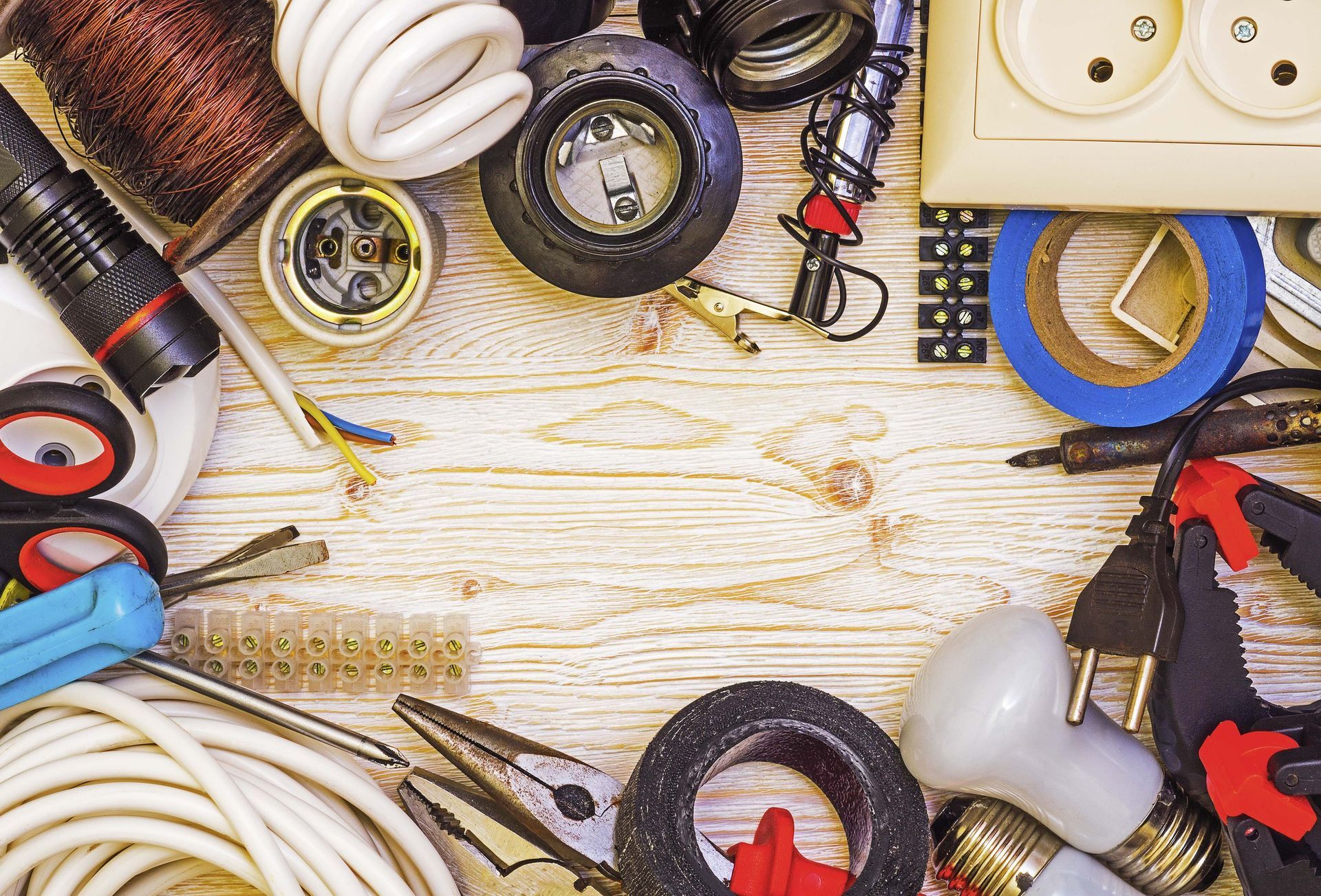
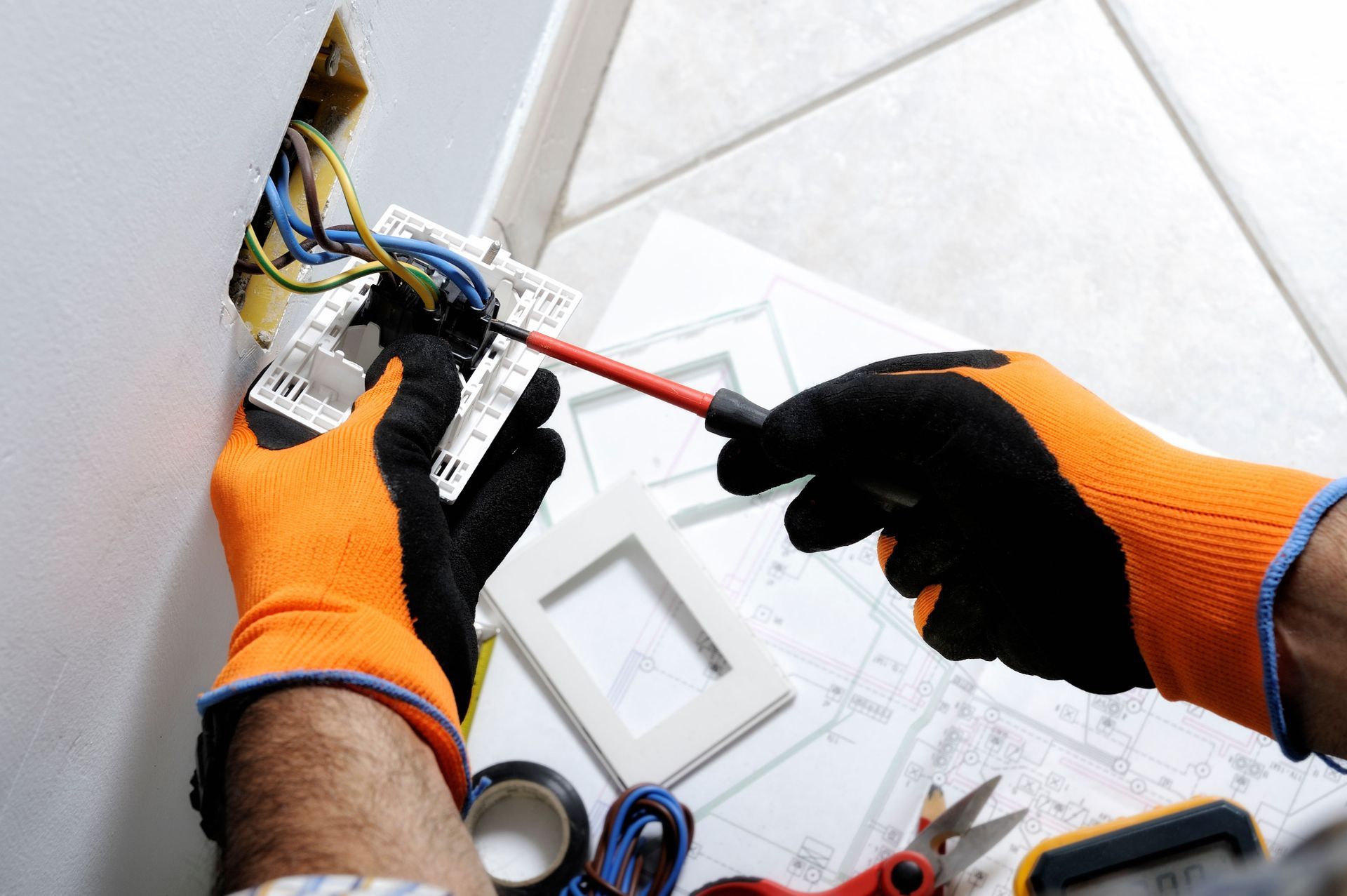
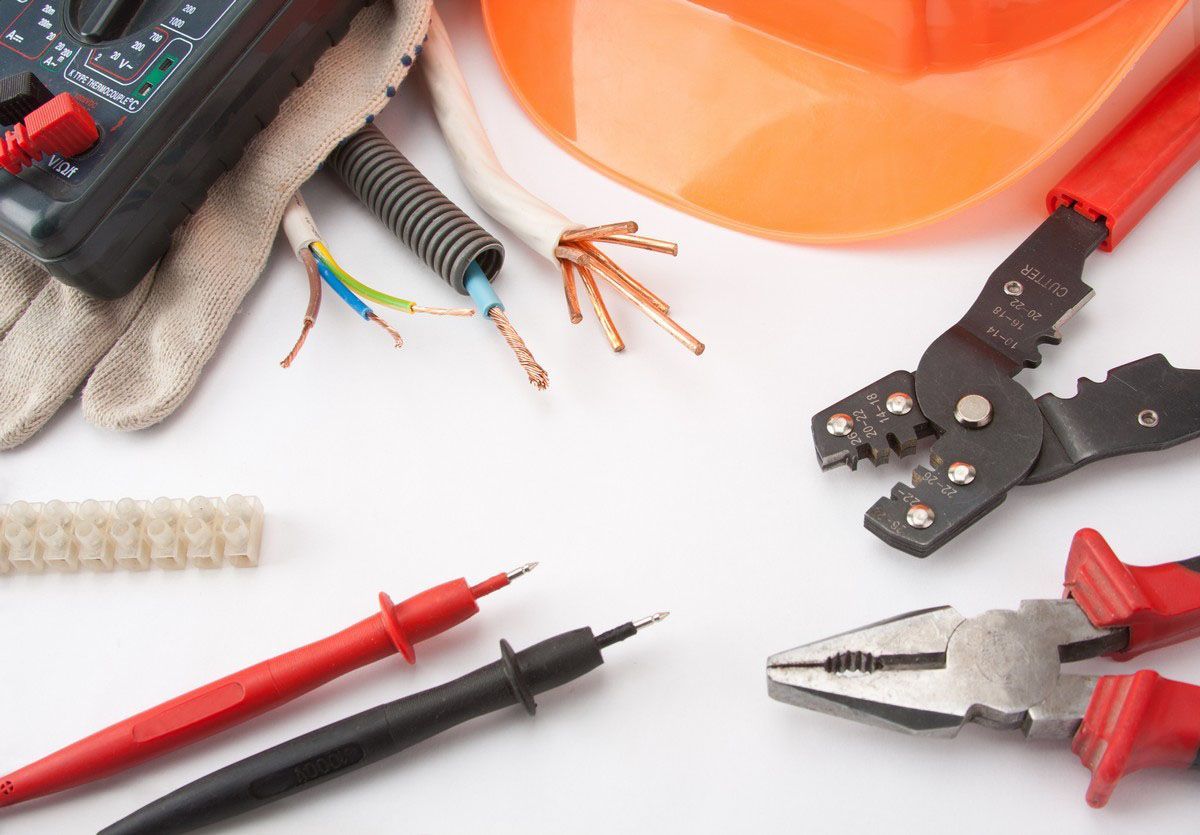
Share On: